Join More Than 50,000+ Subscribers and get latest camera news and rumors
NEW CAMERA VIDEOS ON YOUTUBE
|
By admin, on January 27th, 2022
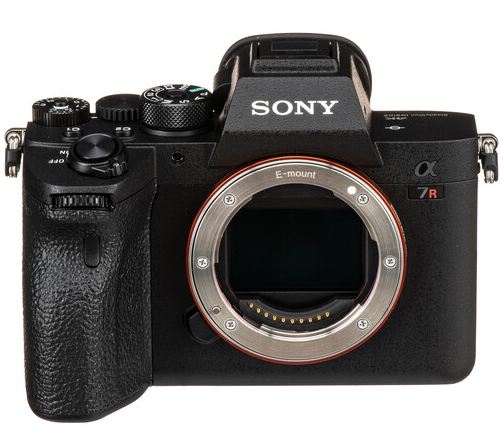
More Rumors about Sony A9 III and Sony A7RV, as usual even the other rumor mill around the globe have very less information about the A7R V as we have told you a week ago in our blogpost
Via Camera Beta Webio
[Still 24 million! Sony A9 III may be released in the fourth quarter] There are new rumors, the new Sony A9 III is expected to be officially released in the fourth quarter of this year, the new phone still uses a 24 million pixel sensor, with a new menu, equipped with a tiltable angle screen, support The 4K video shooting at 60 frames per second is expected to cost $4,999, or about RMB 32,000.
At the same time, there is very little information about the A7R V, but it is expected that the new machine should be released in the fourth quarter of this year.
The info we have published earlier a week ago
According to the latest rumors surfaced over the web, the Sony A9 III camera (successor of Sony A9 II) is expected to arrive in Q4 of 2022. The camera will have a major upgrade in core specification while maintaining a standard resolution of 24MP. Although at this moment we have very little information about the Sony A7R V Camera which was also expected to arrive in Q4 of 2022.
At the same time, there is very little information about the A7RV.
Although, the last few lines match exactly with the post we have published earlier 😉
Also, see – Top 10 Best Sony Cameras of 2022
Follow us on our social pages FACEBOOK | TWITTER | INSTAGRAM, If you have time –>see more Sony Alpha Rumor
source via
By admin, on January 19th, 2022
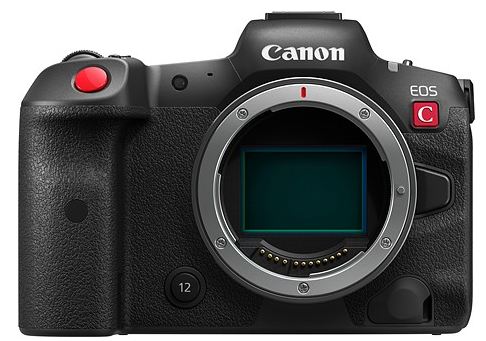
Canon has finally announced the EOS R5C, it’s not only Canon R5 camera with an inbuilt fan, Canon has done a lot of homework to upgrade the core specifications of the camera.
Buy Canon R5C from B&H Store
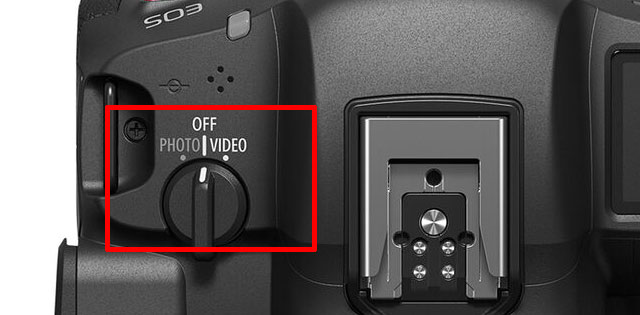
The power switch on top of the EOS R5C provides the option to start the camera in either photo or video mode. When powered on in photo mode, the camera operates the same as the standard EOS R5 and provides all the capabilities of that camera. When switched in the other direction, it becomes a full-frame 8K60 Cinema EOS camera that internally records 12-bit Cinema RAW Light footage. There’s no more need to carry a second camera with you to your production when stills and video are available within a single compact design.

The R5 C enhances a number of features in comparison to its siblings the R5 and C70, including 4K120 recording, HDMI RAW output, Canon Log 3 HLG/PQ support, unlimited recording time, a timecode port, Dual Pixel CMOS AF with eye detection, an active cooling system, a high-power LP-E6NH battery, 13 reassignable buttons, and a multi-function shoe for XLR adapters.
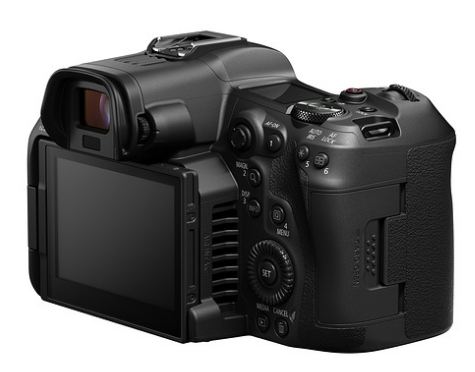
Without Crop
The EOS R5C can deliver unlimited recording time in any mode up to 8K/60p, thanks to its internal active cooling system. It can also capture high frame rates up to 4K/120p in 4:2:2 10-bit color, without a sensor crop, while maintaining full autofocus operation.
The EOS R5C is expected to be available in March 2022, at a retail price of $4499.
Canon R5C Press Release
Ideal for a Wide Variety of Content Producers, Including YouTubers, Wedding, Indie and Documentary Filmmakers, Drone Operators and Multimedia Journalists
MELVILLE, NY, January 19, 2022 – Imagine having the best of both worlds at your fingertips. A Canon camera with equal parts video and still digital imaging power, all in one compact-and-lightweight package. Canon U.S.A., Inc., a leader in digital imaging solutions, is excited to announce the EOS R5 C Full-Frame Mirrorless Camera, a hybrid, RF-mount 8K camera that has something for everyone. The new camera showcases video formats and features from the company’s award-winning Cinema EOS line, alongside select still capabilities that have made the EOS R5 camera a popular and trusted choice among imaging professionals and enthusiasts alike .
“Imaging professionals are living in a multimedia world. Gone are the days of only needing to be sufficiently equipped and skilled at video or stills,” said Tatsuro “Tony” Kano, Executive Vice President and General Manager of Canon U.S.A.’s Imaging Technologies & Communications Group. “The EOS R5 C squarely takes aim at providing end-users with a solution that can tackle all facets of the ever-demanding multimedia and content production landscape. Canon is confident this all-in-one solution can help improve the workflow for a variety of content creators.”
Small, but Mighty
The EOS R5 C camera can record non-stop, uninterrupted 8K/60P thanks to an active cooling system. 8K video delivers outstanding definition and realism with four times the resolution of 4K video, enabling unprecedented capabilities in video expression and highly flexible workflows, such as 4K cropping from 8K footage.
The EOS R5 C camera can record High Frame Rate (HFR) video up to 120P at 4K resolution in 4:2:2 10-bit without cropping the sensor, an ideal option when shooting scenes full of fast-paced action or when the camera is paired with a gimbal or drone. Canon’s renowned Dual Pixel CMOS AF is functional even in HFR shooting. Unlike some cameras where audio is not recorded during HFR shooting, the EOS R5 C camera can record .WAV audio as a separate file from video, virtually eliminating the need for separate audio recording.
The EOS R5 C is the first Canon camera to provide internal 8K (8192×4320) 60P Cinema RAW Light recording. Cinema RAW Light is a popular and valuable format found in other Canon Cinema EOS cameras such as the EOS C300 Mark III and EOS C500 Mark II. This feature captures the full dynamic range of the sensor and provides video data with a cinematic look, optimized for advanced grading and HDR, in a more manageable file size than Cinema RAW. Cinema RAW Light now has three newly-developed modes, RAW HQ (high quality), RAW ST (standard quality), and RAW LT (light recording). All three modes are 12-bit regardless of frame rate. The EOS R5 C can also record 8K video in MP4 format, ideal for quicker delivery.
The EOS R5 C supports RAW output via HDMI for ProRes RAW recording with compatible a external recorder . When connecting the EOS R5 C with a supported external recorder, users can shoot in Apple ProRes RAW at up to 8K/30P. Proxy data can also be simultaneously recorded to an SD card in-camera, helping to provide efficient post-production operations.
Powerful Still Imaging Performance
With the flip of a switch, the EOS R5 C becomes a familiar force to be reckoned with as a still photography camera. At its core is Canon’s 45-megapixel high resolution, high-speed full-frame CMOS sensor, paired with the equally impressive DIGIC X image processor that provides users an ISO range of 100-51200; expandable to 102400 . Precise focus and lightning-fast speed are cornerstones of the EOS R5 C, featuring Dual Pixel CMOS AF II and high-speed continuous shooting of up to 12 frames-per-second (fps) in mechanical shutter mode and up to 20 fps in silent electronic shutter mode. This allows users to track and photograph split-second movements of even the most elusive subjects. With EOS iTR AF X and 1,053 Automatic AF zones, it is easier than ever to photograph people using Eye, Face and Head Detection AF, or intuitively track the whole body, face, or eye of cats, dogs, or birds with Animal Detection AF . For those with the need for speed, the camera also offers vehicle subject detection to track cars and motorcycles accurately, especially in race-type environments. Connectivity like 5GHz and 2.4GHz Wi-Fi® and Bluetooth® connectivity is also included for the transfer of still images.
Additional Features of the Canon EOS R5 C Camera Include:
- Supports 8K HDR recording in Hybrid Log Gamma (HLG) and Perceptual Quantization (PQ) formats
- 4K and 2K oversampling with high-definition debayer algorithm that processes RGB data of the 8K sensor with less incidence of moiré, false colors, and noise
- XF-AVC codecs offer robust 10-bit 4:2:2 files in a .MXF wrapper for simple compatibility with non-linear editing systems (NLEs) and existing workflows
- Canon Log 3, which is found in many Canon cinema products, is available for a wider range of grading after shooting
- Coordinated image stabilization (with Canon lenses equipped with optical IS) helps to correct hand-shake and better anti-vibration performance than electronic IS alone
- Timecode terminal allowing for multi-camera shooting
- Canon’s next-generation Multi-Function Shoe is compatible with a variety of accessories, such as an optional TASCAM CA-XLR2d-C XLR microphone adapter (sold separately) for up to 4-channel digital audio
- RF mount provides access to the expanding lineup of Canon RF lenses, as well as the full lineup of EF lenses (adapter required)
- Compatible with Canon’s new RF 5.2mm 2.8 L Dual Fisheye lens allowing for stereoscopic 180° VR video capture
- 13 marked, assignable buttons allow for user-friendly customized operation
- Compact-and-lightweight at 1.7 lbs. (body only)
- 3.2-inch variable-angle LCD monitor and high-definition 5.76 million-dot viewfinder
- Dual card slots: one CFexpress and one SD UHS-II
- USB Video Class (UVC) connectivity, enabling out of the box use as a streaming video camera
- A new DC Coupler DR-E6C helps to provide the continuous power needed for the demands of shooting in Cinema RAW Light at high framerates
Pricing and Availability
The Canon EOS R5 C Full-Frame Mirrorless Camera is scheduled to be available March 2022 for an estimated retail price of $4499.00. For more information please visit, usa.canon.com
By admin, on January 19th, 2022
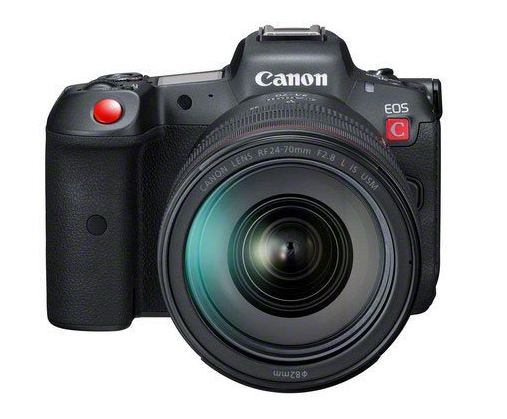
The full specification of the Canon R5c is finally available prior to its official announcement.
Canon EOS R5 C Specifications
- Supports 8K/60P Internal RAW or Cinema RAW Light Recording. HDMI 8K RAW output to compatible records.
- 8K/30p 12-bit RAW recording (8K/60p via external power source)
- 8K HDR recording (PQ/HLG)
- Internal cooling fan enables non-stop 8K/60P recording.
- Advanced connectivity and Multi-Function Accessory Shoe
- Expanded interface for professional needs
- Carries on the ergonomic EOS design
- Full-featured 13 assignable buttons
- 8K sensor with DIGIC X processor with 4K and 2K oversampling
- Simultaneously records different formats
- Timecode IN/OUT Terminal
- XF-AVC and MP4 codecs for 10-bit 4.2.2 video
- Up to 4K 120p slow and fast motion recording mode in 4:2:2 10-bit
- Simultaneous audio record enabled with HFR
- Wide variety of recording formats
- Canon Log 3 Expands Expressive possibilities
- Enhanced Image Stabilization
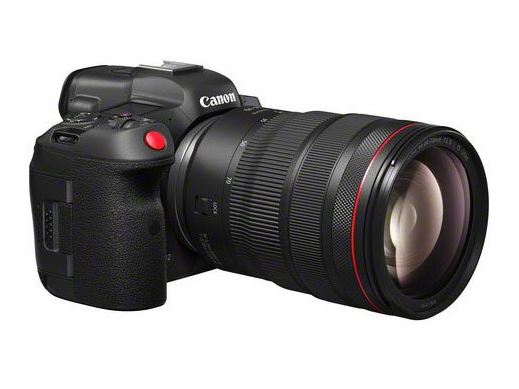
Recording Formats
8192×4320 (Full Frame)
RAW LT
- 2570 Mbps (59.94P) / 2140 Mbps (50.00P)
- 1290 Mbps (29.97P) / 1070 Mbps (25.00P)
- 1030 MBps (23.98P / 24.00P)
RAW R8
- 1980 Mbps (29.97P) / 1650 Mbps (25.00P)
- 1580 Mbps (23.98P / 24.00P)
5932 x 3140 (Super 35mm)
RAW LT
- 1260 Mbps (59.94P) / 1140 Mbps (50.00P)
- 679 Mbps (29.97P) / 566 Mbps (25.00P)
- 544 MBps (23.98P / 24.00P)
RAW R8
- 2090 Mbps (59.95P) / 1750 Mbps (50.00P)
- 1050 Mbps (29.97P) / 871 Mbps (25.00P)
- 836 Mbps (23.98P / 24.00P)
RAW HQ
- 2120 Mbps (29.97) / 1770 Mbps (25.00)
- 1700 Mbps (23.98P / 24.00P)
2976 x 1570 (Super 16mm)
RAW LT
- 344 Mbps (59.94P) / 287 Mbps (50.00P)
- 172 Mbps (29.97P) / 221 Mbps (25.00P)
- 212 MBps (23.98P / 24.00P)
RAW R8
- 529 Mbps (59.95P) / 441 Mbps (50.00P)
- 265 Mbps (29.97P) / 871 Mbps (25.00P)
- 212 Mbps (23.98P / 24.00P)
RAW HQ
- 1080 Mbps (50.94) / 896 Mbps (50.00)
- 537 Mbps (29.97P) / 448 Mbps (29.00P
- 430 Mbps (23.98P / 24.00P)
CFexpress Card Recording Time
512GB Card
Cinema RAW Light
- 2570 Mbps: 24 minutes
- 2120 Mbps: 30 minutes
- 2090 Mbps: 30 minutes
- 1980 Mbps: 32 minutes
- 1700 Mbps: 37 minutes
- 1580 Mbps: 40 minutes
- 1360 Mbps: 47 minutes
- 1290 Mbps: 49 minutes
- 1080 Mbps: 59 minutes
- 1030 Mbps: 62 minutes
- 836 Mbps: 76 minutes
XF-AVC
- 810 Mbps: 79 minutes
- 410 Mbps: 156 minutes
- 310 Mbps: 207 minutes
- 260 Mbps: 246 minutes
- 160 Mbps: 401 minutes
MP4
- 540 Mbps: 118 minutes
- 400 Mbps: 160 minutes
- 225 Mbps: 285 minutes
- 170 Mbps: 377 minutes
- 150 Mbps: 428 minutes
- 135 Mbps: 475 minutes
- 100 Mbps: 642 minutes
- 50 Mbps: 1284 minutes
- 35 Mbps: 1834 minutes
source CR.com
Get LIVE RUMORS –> FACEBOOK | TWITTER | INSTAGRAM to get live news + Canon rumors 24X
By admin, on January 14th, 2022
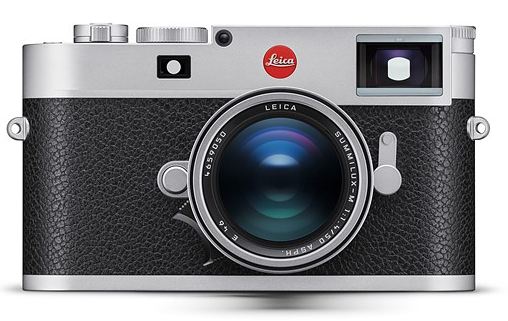
Leica announced the new M11 Camera, the arrives with many big and small updates. One of the major upgrades is the addition of a brand new 60Meapixel BSI CMOS sensor. The camera has a base ISO of 64 and ranges up to ISO 50,000, and Leica claims 15 stops of dynamic range. Leica M11 sensor also does pixel binning and you can now shoot at a lower resolution too, allowing the camera to capture Raw or JPG images at 60, 36, or 18-megapixel resolution using the full sensor area. Leica claims that the pixel binning feature also improves the low-light light capturing ability of the sensor and hence it also improves the performance of the camera in low-light.
Leica M11 Major Features
- 60MP BSI CMOS sensor with dual gain design
- Multi-field (matrix) light metering
- ISO 64 – 50,000
- Three Raw resolution options (60MP, 36MP, 18MP)
- SD card accessible from battery compartment (no removable base plate)
- 64Gb of internal memory
- Exposures up to 1 hour, e-shutter down to 1/16,000 sec
- Live view stabilization (digital shake correction of preview image)
- Compatible with Visoflex II 3.68M-dot tilting accessory EVF
The problematic base plate is now gone, the traditional one-piece base plate has been replaced with a more conventional battery compartment, providing direct access to the battery and SD card slot, similar to the Leica Q2. In addition to the SD card, the camera now includes 64GB of internal storage – a feature anyone who has left a memory card at home can appreciate
The M11 will be available in two forms: a classic silver version with a black leatherette band around the center and a brass top plate, and a black version that uses aluminum instead, making it around 100g lighter.
On the power side of things, a new 1800mAh battery promises 64% more battery power than on previous models, and the M11 also includes a USB-C port which can be used to charge the battery. A USB-C to Apple Lightning cable is included for iPhone users.
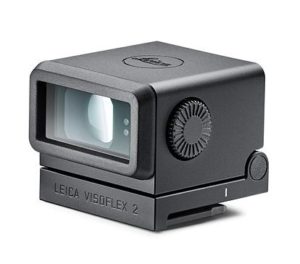
In addition to the camera, Leica has also announced two accessories: a new Visoflex 2 electronic viewfinder features a 3.7M-dot display that tilts 90 degrees and a new handgrip that can double as a tripod mount, attaching to Arca-Swiss heads without additional hardware.
The recommended retail price for both colors is $8995 (6,65,214.88 Indian Rupee) (11,253.60 Canadian Dollars) (10,22,992.36 Japanese Yen)
Leica M11 Press Release
Wetzlar, January 13th 2022. The new Leica M11 combines the experience of traditional rangefinder photography with contemporary camera technology, delivering maximum flexibility to every photographer. Featuring an exclusive triple resolution sensor, expanded ISO range, dual memory options, extended battery life and a streamlined and intuitive menu system; the Leica M11 represents a new benchmark in digital photography as the most flexible M-System camera in Leica’s history.
At the heart of the M11 is a full-frame BSI CMOS sensor with Triple Resolution Technology. Raw image files in DNG and JPEG format can be recorded at 60, 36 or 18 megapixels, always using the full sensor area. The 60-megapixel option delivers unprecedented image quality and detail resolution, utilizing the full optical potential of Leica’s latest APO Lenses for the M-System – whereas the lower resolutions enable faster camera performance, extended burst lengths, and smaller files.
A special IR + UV cut filter comprised of two extremely thin, cemented layers of glass, achieves an especially effective correction of even the most oblique rays of incident light. With a new color filter array, the camera also offers an improved, more natural color reproduction.
While maintaining the iconic look of a traditional Leica M, the carefully optimized design of the Leica M11 is focused on efficiency and ergonomics. The controls have been arranged in a unique layout next to the 2.3 million pixels high-resolution touchscreen. The menu structure of the M11 remains consistent with the Leica SL2 and Q2, unifying the acclaimed interface for a more user-friendly experience.
The Leica M11 has a sensitivity range of ISO 64 to 50,000; it records at 14-bit color depth and has a dynamic range of up to 15 stops. With its Maestro III processor, the Leica M11 offers a fluid and responsive operation, even at the highest resolution and image quality settings. With the optional electronic shutter featuring a shutter speed of up to 1/16,000 of a second, photographers are empowered to work with wide open apertures, in bright light, without ND filters. The M11 marks the first-time multi-field metering in rangefinder mode will be available, offering photographers a valuable tool to curate light.
The black-finish variant of the Leica M11 features a top plate made of high-quality aluminum with a scratch-resistant coating. As a result, the body is approximately 20% (100 grams) lighter than its silver-chrome counterpart. By comparison, the silver- chrome M11 features a classic brass top plate and weighs 640 grams.
The deliberate omission of the traditional base plate is unique to the M11, offering photographers direct access to the battery and SD card. In addition to the SD card slot, the Leica M11 is equipped with a generous internal storage capacity of 64 gigabytes. This makes the M11 the first M model to save image files simultaneously onto two different storage media. The 1800mAh battery stores 64% more power than before, and combined with the camera’s more efficient operation, allows for considerably longer shooting sessions with a single charge. Additionally, the newly added universal USB-C port also serves to charge the camera’s battery, using most USB-C chargers.
Upgraded connectivity features for the Leica M11 will be available through a new firmware version in the second half of 2022. This will enable the new M11’s advanced connectivity capabilities which will elevate users’ mobile workflows and enhance the Leica FOTOS app with the possibility to embed location data, access images via Bluetooth connection, and allow increased transfer rates. The M11 is compatible with Apple products and accessories and offers unique abilities with the included Leica FOTOS cable.
With the evolution of the Leica M comes new accessories to enhance the rangefinder experience. The new Visoflex 2 electronic viewfinder features a 3.7-megapixel resolution display to provide outstanding image control in Live View mode. Encased in a metal exterior, the Visoflex 2 perfectly matches the M11 in terms of design and functionality. Full-frame viewing and the precise focusing of Leica lenses is supported by the Visoflex 2’s large diopter adjustment range of -4 to +3- and 90-degree tilt function. To improve ergonomics without obstructing access to the battery and SD card, photographers will have the option to complement their M11 with a newly designed handgrip. The new handgrip doubles as a tripod mount, where the Leica M11 can be attached to Arca-Swiss-standard tripod heads without the need for any additional equipment.
Leica M11: Witness the Future
“We are very proud of the new M11,” says Stefan Daniel, Executive Vice President Technology and Operations. “This camera is another milestone for Leica. Its inner workings are a completely new development, while the exterior remains true to the iconic Leica M design.”
“As we all know,” says Dr. Andreas Kaufmann, Chairman of the Supervisory Board of Leica Camera AG, Wetzlar, “the iconic Leica M-System has accompanied dedicated photographers worldwide over decades, giving them a superior tool for witnessing their time and creating outstanding pictures. The new M11 will continue this legacy with outstanding technology, based on our experience developing cameras since 1925.
By admin, on January 12th, 2022
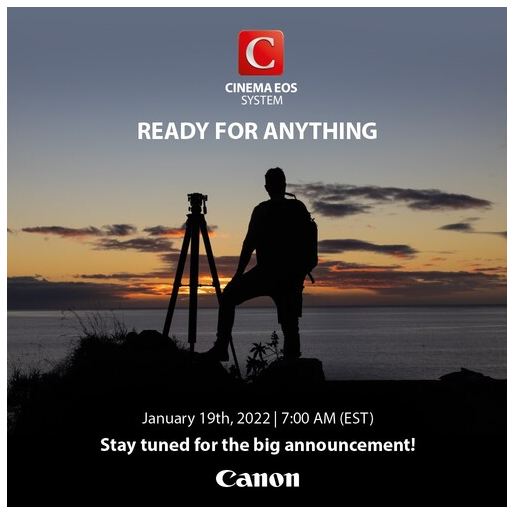
Finally, it’s official now, Canon’s latest teaser confirms the Canon R5C announcement on January 19th, 2022. Back in December, we have published a post on the Canon R5c Coming in January 2022. We already have a rumored set of specs of the upcoming camera
Canon R5C at B&H Store
Canon R5c Rumored Specification
- 45mp full-frame sensor
- DIGIC X
- Canon Log 3
- Canon Log 2 is still being discussed
- Unlimited 8K30P recording in Cinema RAW Light. XF-AVC and MP4
- Timecode in/out
- The same multipurpose hot shoe as the EOS R3. Which will work with accessories such as the Tascam XLR module.
- Active cooling
- 3/8″ or 1/4″ mounting point on the EVF for a top handle that won’t interfere with the hot shoe.
- Full-size HDMI Port
- The LCD has been moved further back to accommodate the cooling fan. So this likely means that it won’t recess into the body like the Canon EOS R5
Get LIVE RUMORS –> FACEBOOK | TWITTER | INSTAGRAM to get live news + Canon rumors 24X7
By admin, on January 4th, 2022
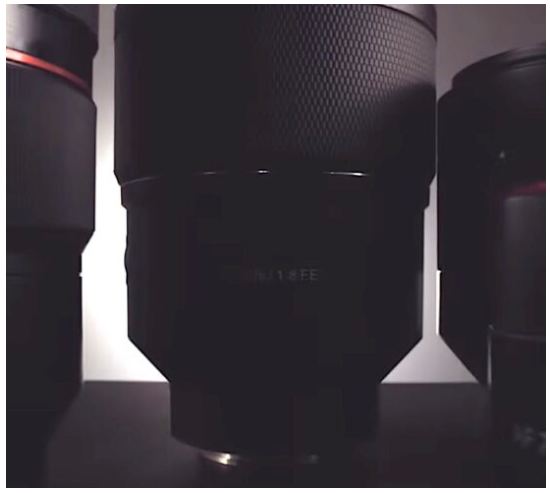
Upcoming Lens image and details now available, the lens is expected to arrive soon
- Optical design: 13 elements in 11 groups
- Closest focusing distance: 0.7 m
- Filter size: 82mm
- Dimensions: 93.4 x 129.6 mm
- Weight: 764 g
- Weight of Sony version: 950 g
Stay tuned, we will post more updates as available
Stay with us on FACEBOOK | TWITTER | GOOGLE+ to get live news + Samyang rumors 24X7
By admin, on December 26th, 2021
Canon Upcoming DSLR, Mirrorless, and Compact Cameras 2022, We have a lot of cameras on our list which includes Canon R1, Canon EOS R & Rp successor, and many more. We also included a list of cameras that were scheduled to announce in the year 2021 but delayed due to chip shortage. Let’s take a look at the list of upcoming cameras
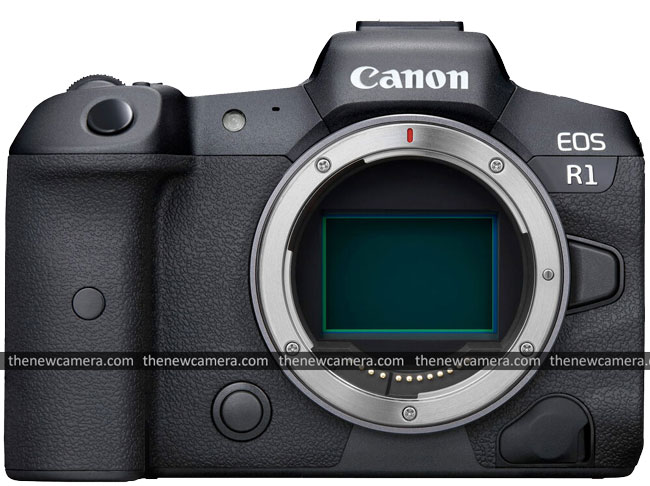
1. Canon EOS R1
Canon is working on a Canon EOS R1 camera, to compete against the Nikon Z9 and Sony Alpha A1. The development announcement of the camera is expected between March to June 2022 if everything goes on schedule. For the first time, Canon will use a Higher Resolution Stacked CMOS Fullframe Sensor paired with Dual Digic X Image Processor in their Mirrorless Camera.
Check out Latest Information related to Canon EOS R1
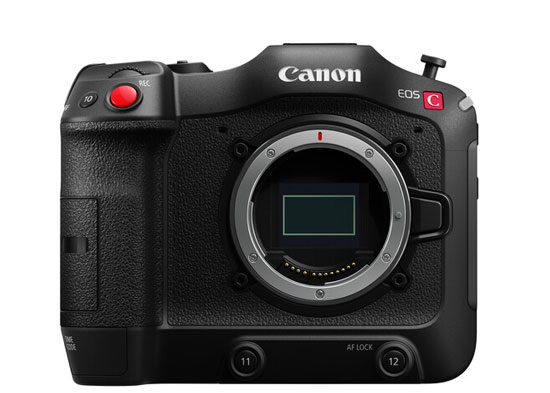
2. Canon R5C
Canon R5 is an excellent FF Mirrorless camera, but due to overheating issues Many professional Cinematographers are not able to include the camera body in their professional workflow. Canon R5C will be a Canon R5 camera with an enhanced heat sink unit to enable unlimited 8k Video recording. Major software level updates inside the Canon R5C are also expected. As per the latest rumors, the camera is expected in Q1 of 2022.
Check out Latest Information related to Canon R5C
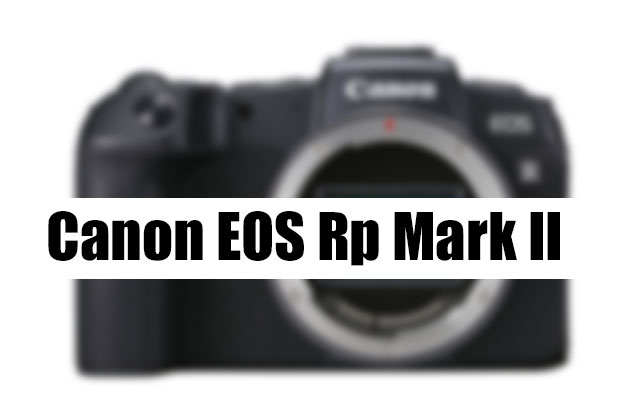
3. Canon EOS Entry Level Fullframe
A Mirrorless camera is also expected to arrive this year. Based on the information we have, Canon is currently testing several prototypes of the camera which features redesigned 24 Mp and 30Mp sensors. If everything goes on schedule we will have an official announcement on Aug-Sep of 2022.
Check out Latest Information related to Canon EOS Rp Mark II
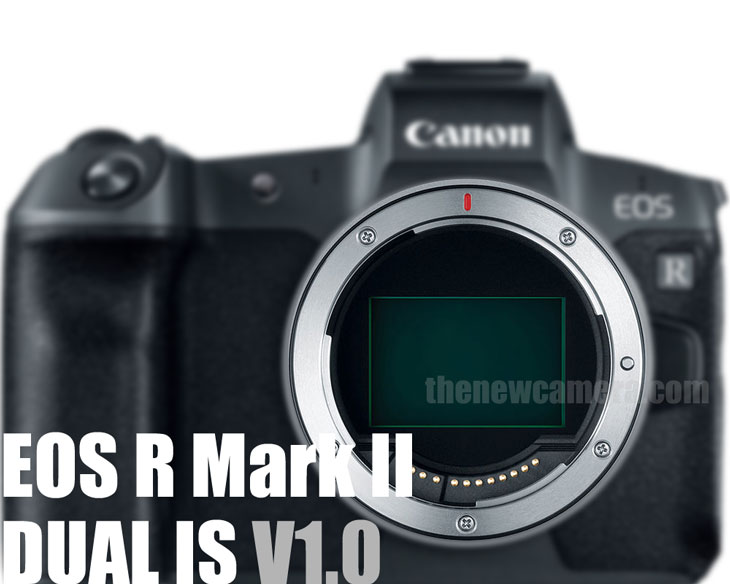
4. Canon EOS R Camera Successor
The Canon EOS R camera is also due for an update. The EOS R successor was expected to arrive in 2021 but was delayed due to chip shortage and global pandemic. We hope and expect this Year Canon will release the Canon EOS R Mark II camera in 2022 (name will be different)
Check out Latest Information related to Canon EOS R Mark II
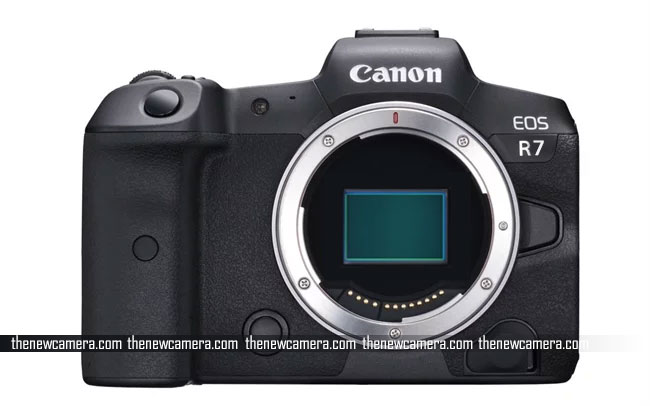
5. Canon APS-C RF Mount Camera
We are getting rumors for the past 1 year related to the Canon RF APS-C Mirrorless camera. We do hope and expect the Canon EOS R7 will arrive to replace the Canon 7D Series.
Check out Latest Information related to Canon EOS R7
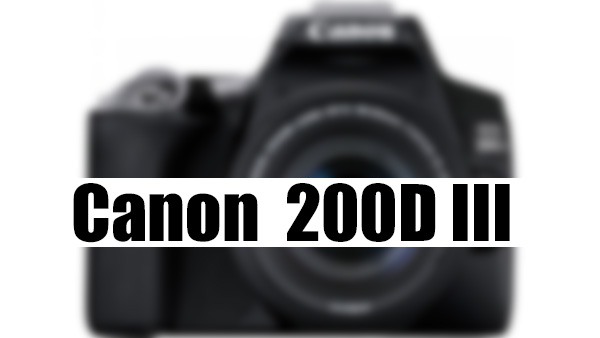
6. Canon 200D Mark III & Canon M300
The scheduled update time of the Canon EOS M200 & Canon 200D Mark II Camera was September of 2021. But it Was delayed possibly to protect Canon EOS M50 Mark II Sales. We do hope and expect at least this year we will have an update from Canon for entry-level users.
Check out Latest Information related to Canon 200D Mark III
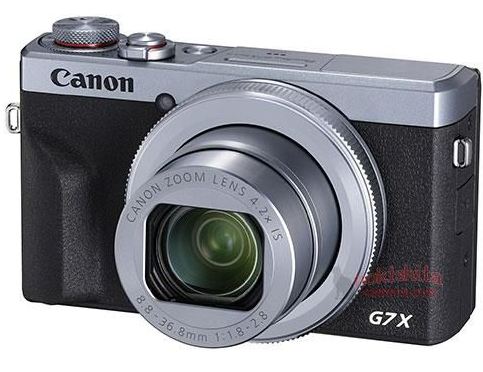
7. Upcoming Mirrorless Compacts
Canon G7X Mark IV – Canon will update its vlogging compact camera with an upgraded AF system. If everything goes on schedule then we will have the next G7X series camera in Q1 / Q2 of 2022.
Check out Latest Information related to Canon G7X Mark IV
Keep in mind the information published here is based on scheduled update time & Rumors we have related to upcoming Canon Cameras.
Get LIVE RUMORS –> FACEBOOK | TWITTER | INSTAGRAM to get live news + Canon rumors 24X7
Also, see – Nikon Upcoming Cameras 2022
|
KEEP THIS BLOG ALIVE - Support New Camera Buy Canon Lenses, Buy Music CD or Digital Camera at amazon it helps this site, and you do not pay anything extra, it is just a way to help support this site.

|























